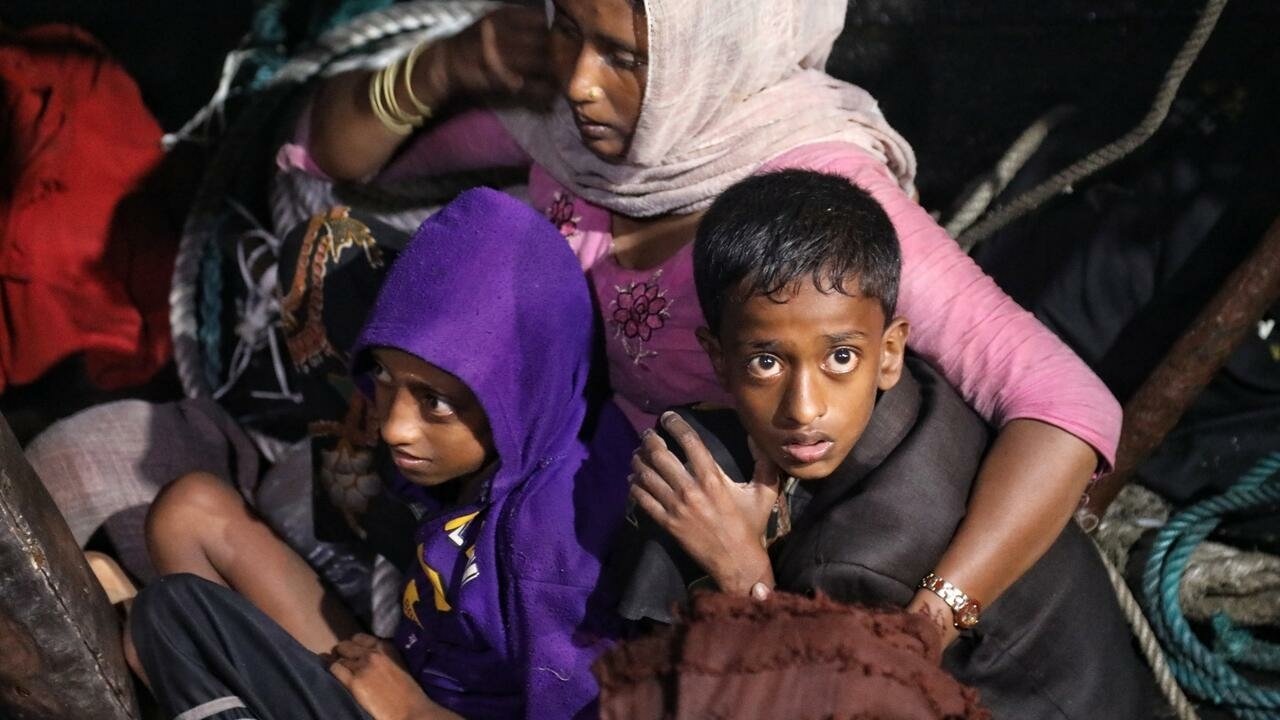
KARACHI:
The ASER Pakistan is a flagship programme of Idara-i-Taleem-o-Aagahi (ITA). The report was released jointly by School Education and Literacy Department (SELD) provincial secretary Ghulam Akbar Laghari, chief programme manager of its Reform Support Unit Beenish Fatima Sahi, DG monitoring and evaluation Junaid Samo, Aga Khan University Examination Board director and Associate Professor Dr Shehzad Jeeva and former Board of Intermediate and Secondary Education (BISE) chairman Mohammad Memon.
The report says that in Sindh, ASER’s rural team collected data from 14,723 households in 25 districts and 720 villages. There were 41,536 children (58pc male 42pc female) aged 3-16 years and 35,506 children (5-16 years) assessed in grade two level language and arithmetic skills. At least 660 government schools and 114 private schools were surveyed.
Looking at enrollment, in 2021 24pc children were reported to be out-of-school, which is an increase of 5pc. When compared with 2019 (19pc), there was an increase in out-of-school children (OOSC) across Pakistan during Covid-19. In Sindh, of the OOSC, 11pc never enrolled in a school and 13pc dropped out of school (more DOs). This calls for the urgency to address OOSC through second chance accelerated and bridge programmes through both non-formal education and mainstreamed SELD schools in afternoon/morning shifts on a fast track.
If you look at enrollment by school type, then 76 pc of all school-aged children (6-16 years) were enrolled; 94pc (88pc in 2019) were enrolled in government schools, 6pc (12pc in 2019) were in non-state institutions (6pc private schools, zero pc madrassah, zero pc others). Private schools dropped by 6pc. This can be improved by supporting low cost public/private schools in rural areas through Sindh Education Foundation for OOSC.
For Early Childhood Education (ECE), which includes children aged 3-5 years, the proportion of enrolled children has decreased in 2021 (34pc) as compared to 2019 (46pc). Around 66pc children of 3-5 age group are currently not enrolled in any ECE programme. Hence, a campaign for ECE in Sindh for foundational learning and holistic ECE (health/nutrition) is urgently needed.
Looking at teachers’ qualifications, 14pc teachers of surveyed government schools have done graduation as compared to 40pc teachers of surveyed private schools. However, 11pc have completed MEd in government schools compared to 2pc in private schools. However, a shortage of teachers continues and there is a need to improve teacher adequacy, performance in government schools through peer and best practices support.The issue of urban slums in Sindh is massive with 52pc of the population in urban areas and there is high rural/urban migration not just from within Sindh but from across Pakistan. This remains a neglected area with no education planning for urban slums, no claimants and no one to take its responsibility. Only Karachi has more than 60pc population in urban slums.
It was said at the launch that quality and inclusive education for all children should be seen as an emergency and should be accorded the highest priority. The ASER Sindh launch called for urgent implementation of the Right to Education Sindh Compulsory Education Act 2013 and Sustainable Development Goal (SDG) 4, an anchor SDG to meet all 17 SDG targets and goals.





